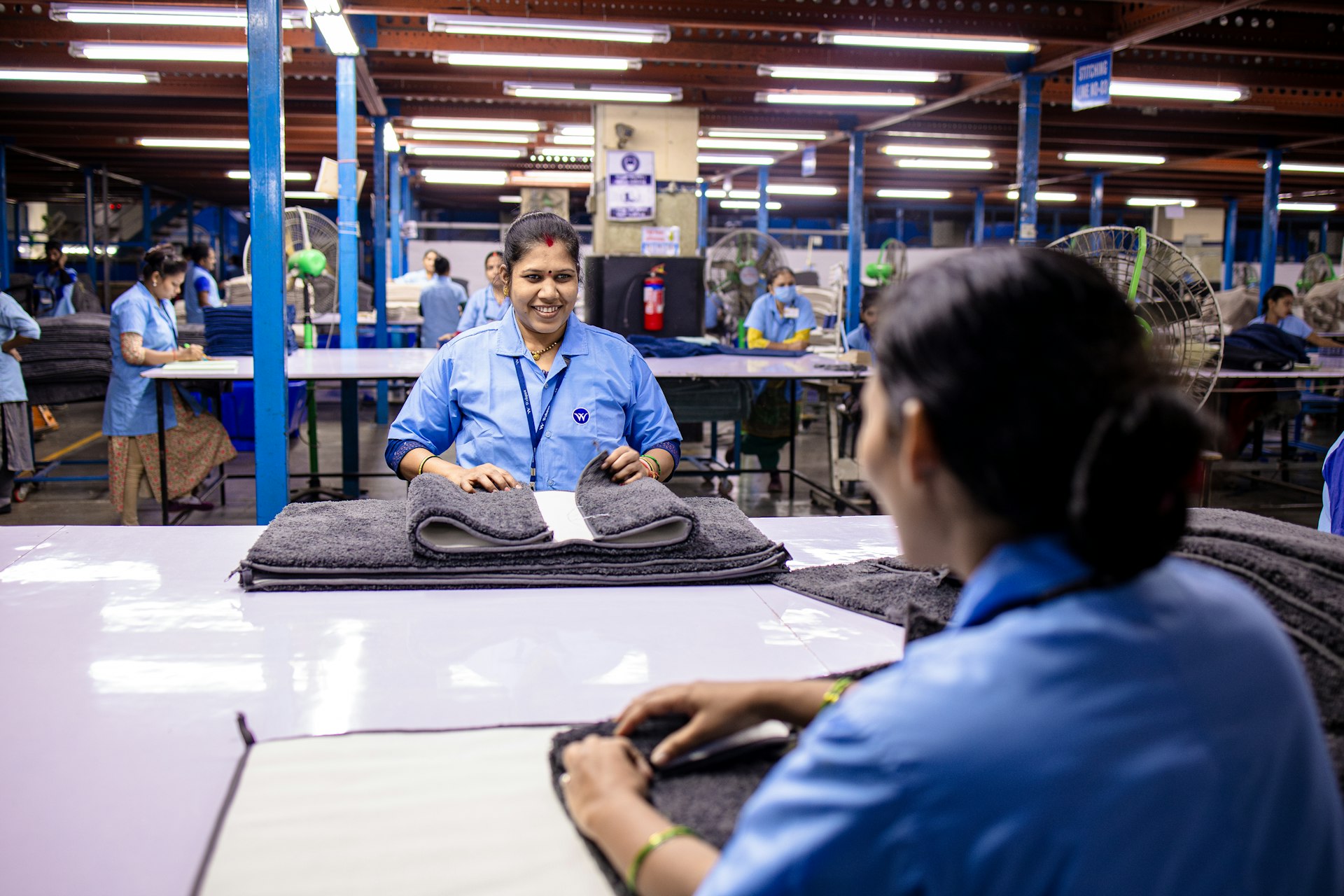How Climate-Friendly Policies Are Reshaping the Airline Industry: Challenges, Innovations, and What Comes Next

Photo by Prasad Panchakshari on Unsplash
Introduction: The Changing Climate of Aviation
Airlines worldwide face unprecedented pressure to reduce their environmental impact. As governments and international bodies accelerate climate action, a wave of climate-friendly policies is reshaping the aviation sector. These measures aim to reduce carbon dioxide (CO
2
) and other greenhouse gas emissions, foster innovation in sustainable fuels, and increase transparency in reporting. This article explores the multifaceted impact of these policies on airlines, providing actionable guidance for stakeholders seeking to adapt and thrive.
Net-Zero Commitments and Global Targets
Many major U.S. airlines and their global counterparts have committed to net-zero carbon emissions by 2050 . This pledge aligns with international goals set by organizations like the International Civil Aviation Organization (ICAO) and the European Union, which have outlined ambitious decarbonization roadmaps. For context, U.S. passenger and cargo airlines currently account for approximately 2% of national carbon emissions, emphasizing both the sector’s contribution and its potential for improvement [1] .
ICAO and the EU have taken the lead in establishing long-term aspirational goals. However, experts note that while these targets are clear, the specific pathways-such as the mix of operational changes, technological advances, and demand management-remain subject to debate and ongoing policy development [4] .
Key Climate-Friendly Policies Impacting Airlines
Sustainable Aviation Fuel (SAF) Initiatives
One of the most significant policy-driven changes is the push for sustainable aviation fuel (SAF) . U.S. airlines, in partnership with government agencies, have set a goal to make three billion gallons of cost-competitive SAF available for use by 2030 [1] . In the U.S., recent tax credits for SAF producers, such as the SAF Blenders Tax Credit (40B), have incentivized the production and adoption of greener fuels. From 2025, the Clean Fuel Production Credit (45Z) will continue to provide financial support, encouraging further industry investment [5] .
Despite these advances, SAF production is still far below what is needed: in 2025, SAF is expected to account for less than 1% of total airline fuel use [6] . Airlines seeking to source SAF should:
- Engage with fuel suppliers and industry groups to stay updated on SAF availability and certification requirements.
- Monitor federal and state-level incentives that may offset the higher costs of SAF adoption.
- Participate in voluntary industry programs to build demand and accelerate market development.
Emissions Reporting and Regulatory Compliance
The European Union has implemented some of the world’s strictest emissions reporting requirements. Since 2012, the EU Emissions Trading System (ETS) has covered the aviation sector, and new regulations are tightening free emission allocations while expanding mandatory reporting to include non-CO
2
effects (such as NOx emissions and contrail formation) starting in 2025
[2]
. This phased approach ensures airlines have time to adapt, but also increases the complexity of compliance.
To remain compliant:
- Airlines must establish robust systems for monitoring and reporting emissions across all flight activities involving the European Economic Area (EEA).
-
Operators should invest in data management platforms that can handle both CO
2
and non-CO
2
effects. - Regular training for compliance teams is recommended to keep pace with evolving EU and international standards.
Market-Based Measures and Economic Instruments
Market-based instruments, such as carbon pricing, cap-and-trade systems, and emissions trading schemes, are increasingly used to drive airline decarbonization. The EU’s phased reduction of free emission allowances and transition to auctioning aims to incentivize operational efficiency and investment in low-carbon technologies [2] .
For airlines, participating in these schemes requires financial planning and risk management. Companies may need to:
- Purchase emission allowances or credits to cover their operations.
- Invest in emission reduction measures to lower overall costs.
- Explore voluntary offsetting programs-though these are subject to increasing scrutiny regarding their environmental integrity [4] .
Challenges and Opportunities
Operational and Financial Impacts
Climate-friendly policies introduce operational challenges, including higher costs for sustainable fuels, infrastructure upgrades, and compliance with complex reporting standards. For example, the gradual elimination of free emission allowances in the EU ETS will increase operating expenses for affected airlines. In the U.S., the expiration and replacement of specific tax credits require ongoing attention to policy developments [5] .
However, these same policies can drive innovation and growth. Investments in efficiency, new aircraft technologies, and digitalization may yield long-term savings and competitive advantages [3] .
Technological Innovation
Climate policies are spurring technological advances in aircraft design, propulsion systems, and operations. Examples include:

Photo by Prasad Panchakshari on Unsplash
- Development of battery-electric and hydrogen-powered aircraft, which are in early demonstration stages but could transform regional air travel in coming decades.
- Airport infrastructure upgrades, such as electrification of ground vehicles and improved energy management systems [3] .
- Enhanced air traffic management to optimize routes and minimize fuel use.
Airlines and airports are encouraged to participate in collaborative industry initiatives, such as those facilitated by the World Economic Forum or regional sustainability coalitions, to share best practices and accelerate progress.
How Airlines, Businesses, and Passengers Can Respond
For airlines and aviation businesses, adapting to climate-friendly policies involves a combination of strategic planning, investment, and stakeholder engagement. Key steps include:
- Regularly reviewing and updating sustainability action plans to align with new regulations and industry targets.
- Engaging with regulators and policy-makers-such as the U.S. Federal Aviation Administration (FAA) or the European Union Aviation Safety Agency (EASA)-to stay informed and influence policy design.
- Providing training and resources for staff to ensure compliance and foster a culture of sustainability.
For passengers and corporate travel planners, supporting climate-friendly airlines can be as simple as:
- Choosing flights that offer carbon offset options or use SAF when available.
- Reviewing airlines’ published sustainability reports, which are increasingly required by law.
- Contacting airlines directly or checking their official websites for information on current sustainability initiatives and how to participate.
Accessing Support and Additional Information
To access incentives or detailed compliance guidance, airlines and businesses can:
- Consult the official websites of the U.S. Environmental Protection Agency (EPA), Federal Aviation Administration (FAA), or the European Commission’s Directorate-General for Mobility and Transport (DG MOVE). Search for “aviation climate policy,” “Sustainable Aviation Fuel incentives,” or “emissions reporting requirements.”
- Contact industry trade groups, such as Airlines for America or the International Air Transport Association (IATA), for updates on policy, industry best practices, and advocacy efforts.
- Engage with local and national government agencies for country-specific guidelines and program eligibility.
If you are unsure where to start, consider searching for “aviation sustainability programs” or “airline climate compliance resources” on the official sites mentioned above. For the most current opportunities, review recent press releases or policy briefings from these organizations.
Conclusion: The Path Forward
Climate-friendly policies are fundamentally transforming the airline industry. While they introduce new challenges-ranging from increased costs to regulatory complexity-they also create powerful incentives for innovation, collaboration, and long-term resilience. Airlines that proactively engage with these changes, invest in sustainable solutions, and maintain transparent communication with stakeholders will be best positioned to succeed in the evolving landscape.
References
- [1] Airlines for America (2025). Airlines Fly Green: Net-Zero Carbon Emissions by 2050.
- [2] European Commission (2025). Reducing emissions from aviation.
- [3] World Economic Forum (2025). Global Aviation Sustainability Outlook 2025.
- [4] Climate Action Tracker (2025). International Aviation Sector Analysis.
- [5] 4AIR (2025). 2025 Aviation Decarbonization Policy Deep Dive & Outlook.
- [6] International Air Transport Association (2025). Airline Profitability to Strengthen Slightly in 2025 Despite Decarbonization Costs.
MORE FROM realtyexperts.ai













